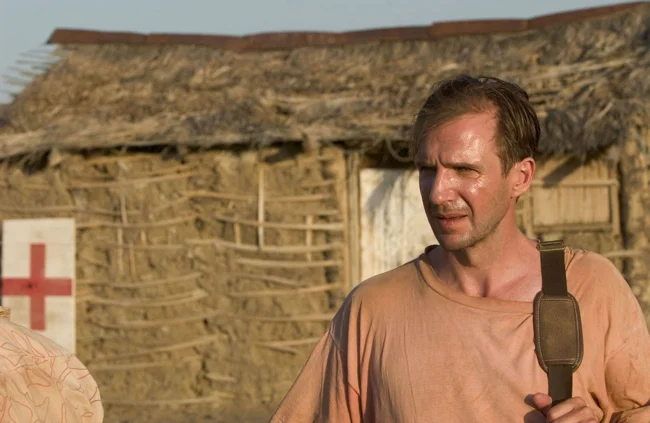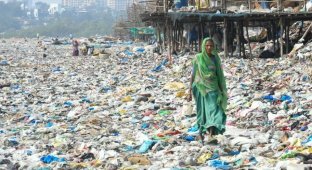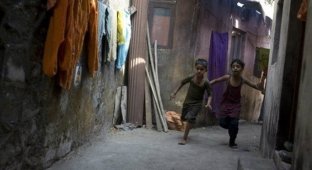Hell on earth, without water and toilet: how do people live in Kibera, the largest slum in Africa? (14 photos)
Kibera is one of the largest slums in Africa, if not the world. Despite the fact that it is located only seven kilometers from the capital of Kenya, Nairobi, one of the most advanced cities on the Black Continent. 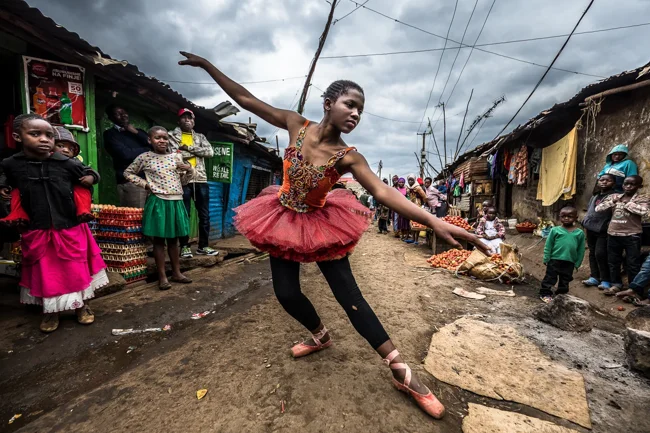
The exact population of Kibera is unknown to anyone. Official authorities give a clearly frivolous figure of 200 thousand souls in an area of only 2.5 square kilometers. 
An unofficial and much more accurate estimate of the Cyberians is over a million inhabitants. That is, such a nice town turns out to be the size of our Krasnodar. In any case, it is difficult to count the exact population here - official census takers are afraid to look into the slums.
The name of the area comes from the Nubian word kibra, which means "forest" or "jungle". Kibera consists of about 12 motley villages. 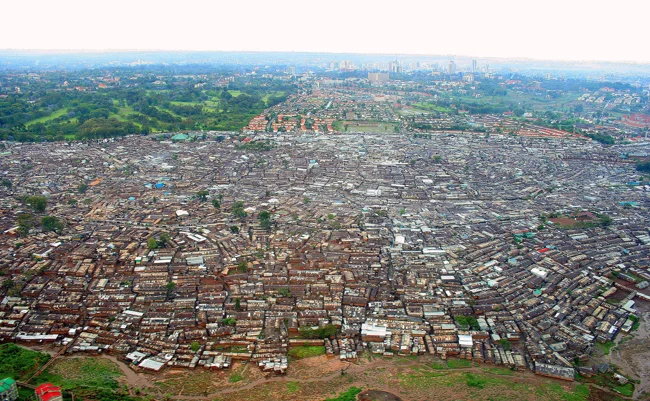
View of Kibera from above
As you might guess, Kibera appeared during the time of English colonists' rule in Kenya.
Nairobi was then inhabited mainly by white gentlemen. But the black population, so as not to embarrass those same prim Englishmen, was evicted, as they say, beyond the 101st kilometer. That is, to hell with Kulichiki, to that very future Kibera.
This is where the disenfranchised Asians and black migrant workers settled. And also the African Nubian soldiers of the British Empire, who had no right to land ownership at all. 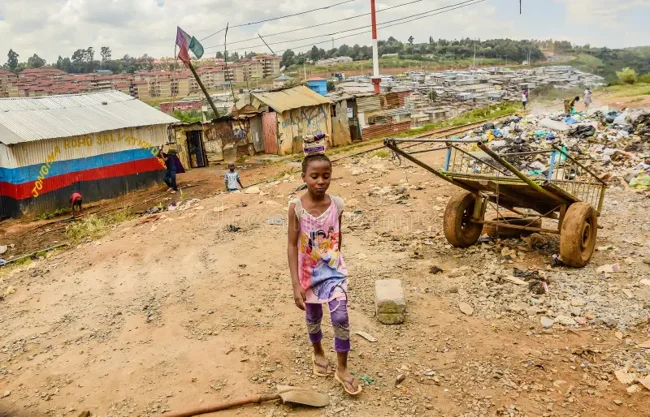
The British invaders essentially exiled people to the mountainous area, where it is extremely difficult to build anything worthwhile. People built huts from sh..t and sticks on the hillsides. That's how you got Kibera.
Kibera continued to grow rapidly after Kenya gained independence in the 1960s. It was here that the poor from all over the country flocked, wanting to work in Nairobi, but not having the means to rent housing there. No government bans on settling new residents here helped. 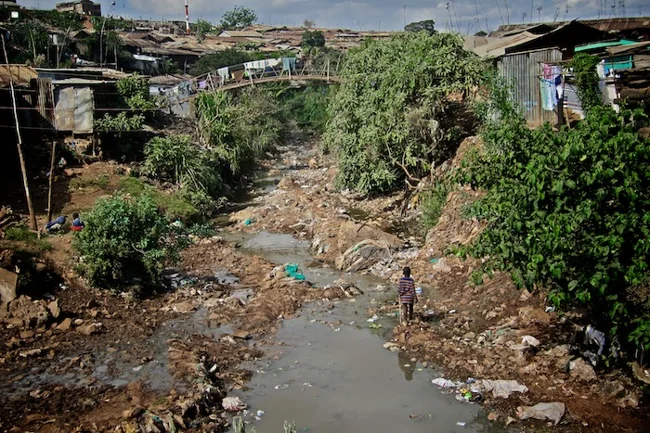
Today, all the peoples of Kenya are represented in Kibera - each has its own quarter: Kikuyu to Luo. At the same time, Kibera has no electricity, sewerage, normal schools or hospitals. All waste is simply dumped on the street or on the railway tracks, from where it is collected with pitchforks by workers of the so-called garbage train that passes once a week.
Another joke of Kibera is the so-called flying toilets. That is, "flying toilets". Simply put, the locals do their business in regular plastic bags, which then fly merrily along the streets.
True, recently they brought in a water supply here - two pipes from which you can buy a couple of liters of water for twenty bucks. Most cyberers have never seen such money. 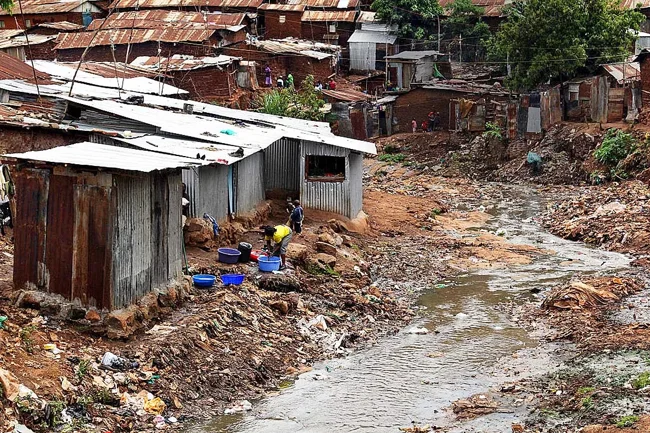
But in Kibera, gangster showdowns a la our nineties in their best form are regular. Robberies and assaults are common here. As are outbreaks of infectious diseases coupled with hunger. And the earth is completely covered in garbage. It is not surprising that the average life expectancy of a typical cyberer is no more than 30-35 years.
Most cybers, as you might guess, live in abject poverty. Less than $2 a day. Food is cooked on coal.
The main means of transportation for cybers is matatu minibuses (literally "three-ruble"), which people use every day to go to Nairobi, where they can find at least some work. For example, as a street cleaner, a loader or a gas station attendant. 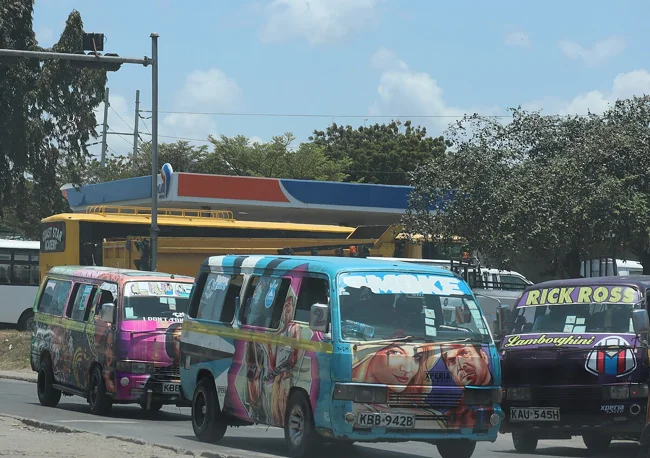
And also from here to Nairobi there is an old suburban train, on which locals hang like bunches of grapes. 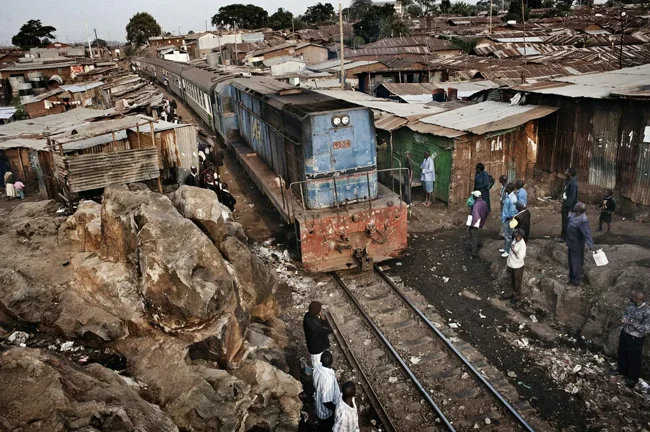
Kibera also has its own hotel. And not just one. However, you know how many stars it has: 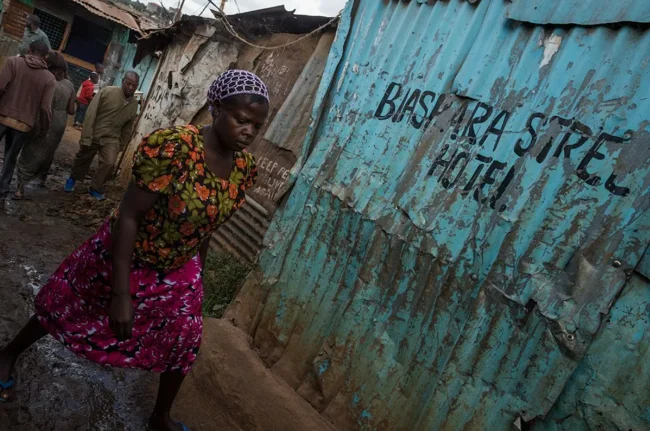
It is very difficult to say whether anyone lives in a particular building in Kibera. The house may look abandoned from the outside. But inside, a family of about ten people can easily huddle.
Kibera has its own semi-legal radio station - Pamoja FM, broadcasting from the roof of the tallest local building.
What to do with Kibera? 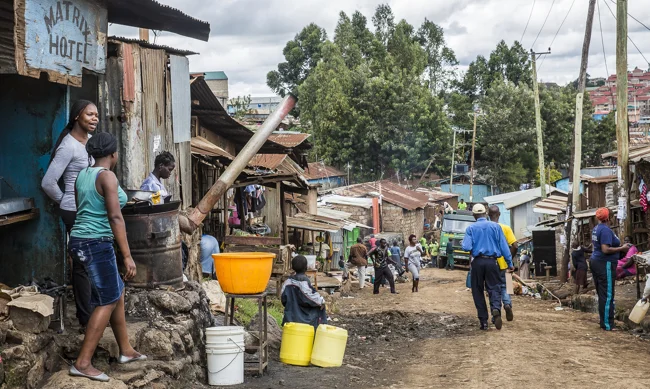
What exactly to do with Kibera, a terrible legacy of British rule, the Kenyan authorities do not yet know.
Resettling a million poor people at once or even gradually is not an easy task for a poor country like Kenya, you understand.
Moreover, Kibera has an incredibly high birth rate, and new residents are constantly arriving here by hook or by crook.
People themselves don't really want to leave here - they've gotten used to it. And they're afraid: what if it gets even worse in the new place? They hold on to every piece of land they have, not letting any strangers in. 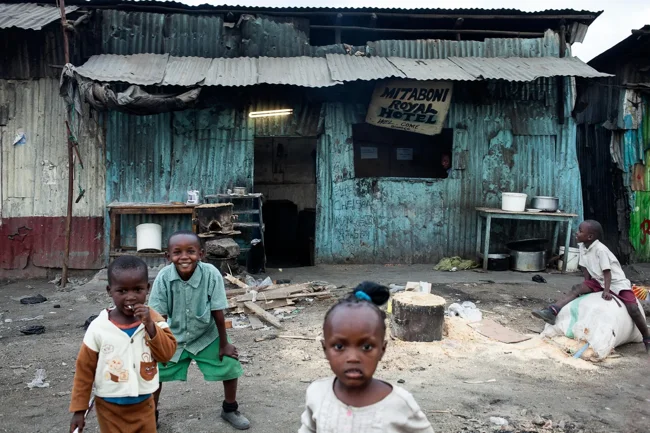
It is unrealistic to build new more or less decent houses in Kibera itself - on the very first night, local aborigines immediately tear the building apart for building materials :)
That is why the Kenyan leadership prefers to turn a blind eye to the problem of slums, de facto removing responsibility for Kibera and its inhabitants. 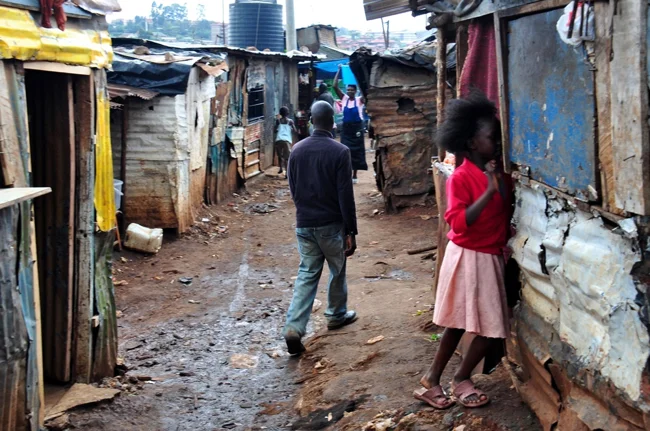
This is how the Cyberites live, building their clay huts with roofs made of corrugated sheets right on the garbage that serves as their floor. When the wind is strong, the corrugated sheets fly away, injuring those around them.
International humanitarian organizations are somehow taking care of Cyber, having built as many as ten public toilets here. That for a population of a million people is not even funny, you must admit. 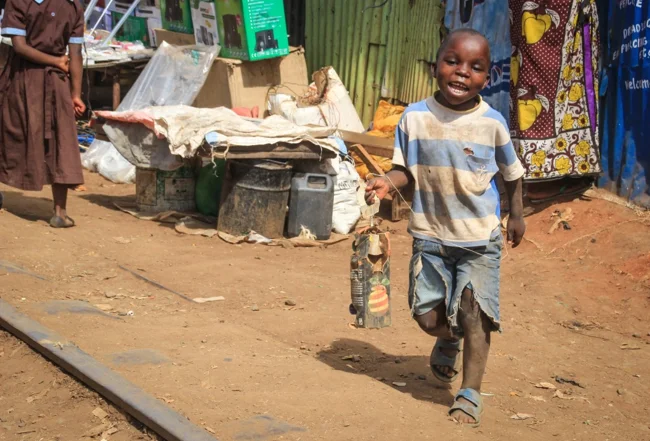
And volunteers also bring free medicines here to treat the locals. True, the locals often can't drink those medicines - not all cyberers have a glass of clean water to wash down a pill.
But Kibera is visited from time to time by filmmakers: documentary and feature filmmakers. For example, it was here in 2005 that many scenes of the English-German detective thriller "The Constant Gardener" were filmed. 